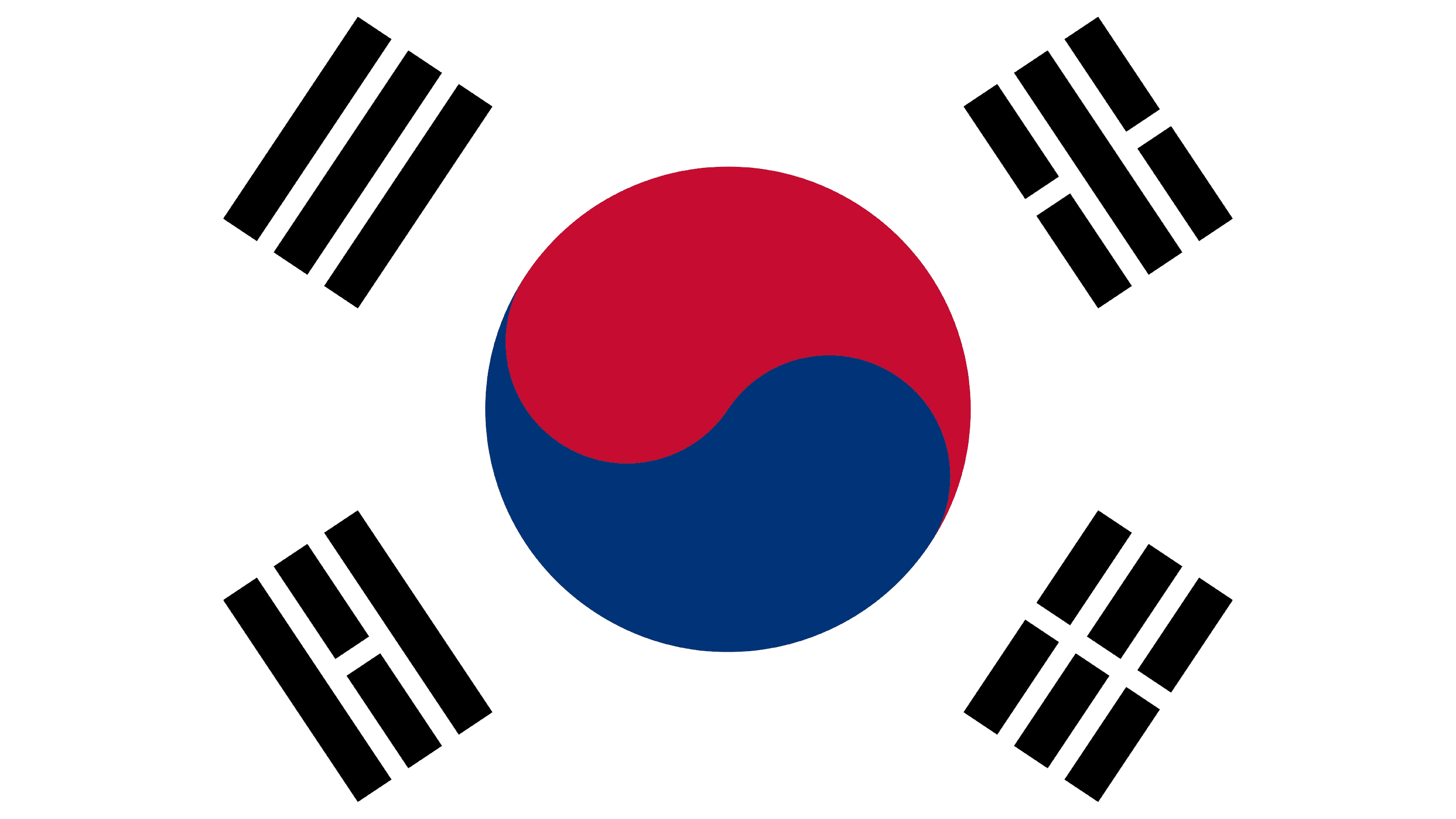Korean Translation

Korean Translation and Localization
TrueLanguage offers timely, precise Korean translation and localization services. We can handle virtually any type of translation project. Our team of professional linguists includes native speakers of Korean and certified subject matter experts who can perfectly translate material following your exact specifications. We use cutting-edge translation and project management tools and follow ISO 9001 standards, guaranteeing efficient, high-quality, and authentic results.
프랑스어에서 영어로
Language Facts and Information
Korean Snapshot
Korean is a language spoken by approximately 78 million people worldwide, ranking it as the 15th most spoken globally. It is the official language of South Korea and North Korea and is also spoken by significant communities in China, Japan, and the United States. The Korean language uses a unique writing system known as Hangul, which consists of 24 letters representing consonants and vowels. The letters are arranged into blocks representing syllables, making them different from most linear alphabets. Modern Korean is written with spaces between words, and punctuation marks used in Korean are almost identical to Western ones. Traditionally, Korean was written in columns from top to bottom, right to left, but now it is typically written in rows from left to right, top to bottom, similar to English.
Korean Facts and Trivia
Where it’s Spoken
Korean is mainly spoken in South Korea and North Korea, where it is the official language. However, significant Korean-speaking communities can be found in other countries such as China, Japan, and the United States. In China, the Yanbian Korean Autonomous Prefecture is home to a large population of ethnic Koreans who speak Korean as their primary language. In Japan, the Zainichi Korean community is a minority group of ethnic Koreans who have lived in Japan for generations and speak Korean alongside Japanese. In the United States, Korean is spoken by Korean Americans, who are concentrated in large urban areas such as Los Angeles, New York, and Chicago. Korean is a widely spoken language with a significant presence in East Asia and beyond.
Global Statistics
Korean is a complex language spoken by approximately 78 million people worldwide, making it one of the major languages in Asia. The language has a unique writing system called Hangul, which consists of 24 letters. The phonetics of the language includes 14 consonants and 10 vowels, forming a total of 24 phonemes. Additionally, Korean is classified as a subject-object-verb language, meaning that the subject is usually placed at the beginning of a sentence, followed by the object and the verb. One notable feature of Korean is its six levels of formality, known as Jondaetmal, which are used to convey different levels of respect or hierarchy in a conversation.
Impact of Korean Worldwide
The Korean language has significantly impacted the world in various ways. The Korean language plays an essential role in diplomacy between North and South Korea and international relations. The ability to speak Korean can be a valuable asset for diplomats and others working in international relations, as it can help to facilitate communication and understanding between countries and cultures. South Korea is known for its advanced technology, with companies like Samsung and LG leading the way in electronics and telecommunications. The Korean language has played a crucial role in the development of technologies such as speech recognition and natural language processing, which are used in smartphones, virtual assistants, and other devices.
Korean language programs are being increasingly offered in schools and universities worldwide as the popularity of Korean culture and the importance of the Korean economy continue to grow. Learning Korean can provide students with valuable language skills, cultural knowledge, and career opportunities in fields such as business, politics, and tourism. Korean pop culture, or K-pop, has also exploded in popularity in recent years, with Korean music, dramas, and movies gaining fans all over the world. The popularity of K-pop has helped to introduce the Korean language to many people worldwide, leading to an increased interest in learning the language.
Regional Variations
Korean has numerous small local dialects (called mal (말) [literally ‘speech’], saturi (사투리), or bang’eon (방언). The standard language (pyojun-eo or pyojun-mal) of both South Korea and North Korea is based on the dialect of the area around Seoul (which, as Hanyang, was the capital of Joseon-era Korea for 500 years), though the northern standard after the Korean War has been influenced by the dialect of P’yŏngyang. All dialects of Korean are similar to each other and largely mutually intelligible (with the exception of dialect-specific phrases or non-Standard vocabulary unique to dialects), though the dialect of Jeju Island is divergent enough to be sometimes classified as a separate language. One of the more salient differences between dialects is the use of tone: speakers of the Seoul dialect make use of vowel length, whereas speakers of the Gyeongsang dialect maintain the pitch accent of Middle Korean. Some dialects are conservative, maintaining Middle Korean sounds (such as z, β, ə), which have been lost from the standard language, whereas others are highly innovative.
The differences between northern and southern dialects have become so significant that many North Korean defectors reportedly have had great difficulty communicating with South Koreans after having initially settled in South Korea. In response to the diverging vocabularies, an app called Univoca was designed to help North Korean defectors learn South Korean terms by translating them into North Korean ones. Aside from the standard language, there are few clear boundaries between Korean dialects, and they are typically partially grouped according to the regions of Korea.
Origin and History
Modern Korean descends from Middle Korean, which in turn descends from Old Korean, which descends from the Proto-Koreanic language, which is generally suggested to have its linguistic homeland. It is suggested that the proto-Koreans, already present in northern Korea, expanded into the southern part of the Korean Peninsula at around 300 BC and coexisted with the descendants of the Japonic Mumun cultivators (or assimilated them). Both had an influence on each other, and a later founder effect diminished the internal variety of both language families.
Since the Korean War, through 70 years of separation, North–South differences have developed in standard Korean, including variations in pronunciation and vocabulary chosen, but these minor differences can be found in any of the Korean dialects, which are still largely mutually intelligible.
Summary
Since the Korean language is constantly evolving, you must have informed and highly experienced professional linguists for producing accurate and culturally appropriate translations. At present, Korean features approximately 511.282 words and adopts numerous new words each year. Will you need a Korean translation that will easily be understood in all regions where the language is spoken? Or do you rather require a regionally specific translation? Select either our TrueGlobal or LocalVoice approach as appropriate.
Resources
Consider a Partnership with TrueLanguage
Are you looking for a partnership with a language service provider? If so, you may wish to consider TrueLanguage. We offer ISO-Certified state-of-the-art business translation services that are on budget, on time, and to your exact specification. Every time. Or perhaps you’re just looking for a cost-free, no-obligation estimate for your next translation project. Either way, we’d love to hear from you!


